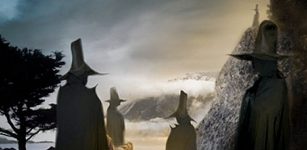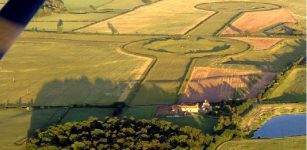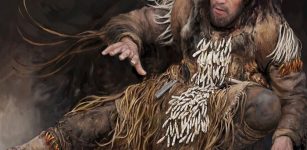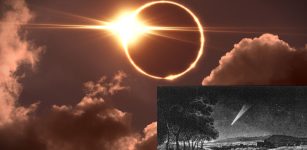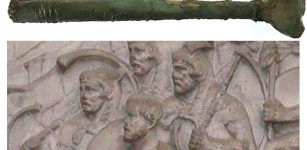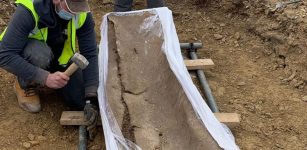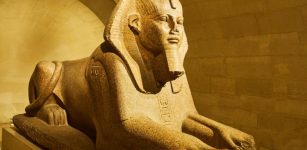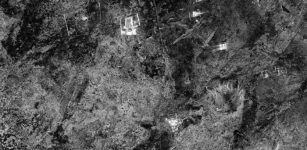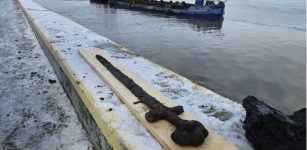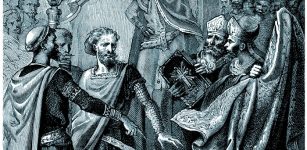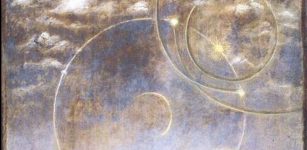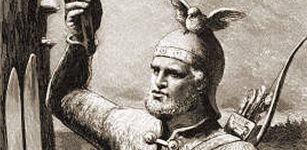On This Day In History: Berlin Victory Parade Took Place – On September 7, 1945
AncientPages.com - The Allies of World War II held the Berlin Victory Parade of 1945 on 7 September 1945 in Berlin, the capital of defeated Nazi Germany, shortly after the end of World War II. The four participating countries were the Soviet Union, the United States, the United Kingdom, and France.
Berlin Victory Parade 1945. In the stands: US General George S. Patton, Marshal of the Soviet Union Zhukov, British Major General Brian Robertson and French General Pierre Kœnig. Image credit: Mil.ru - CC-BY 4.0
The Soviet Union proposed the parade following the June Moscow Victory Parade of 1945. July in Berlin also saw a British parade (the 1945 British Berlin Victory Parade). The September parade took place near the Reichstag building and the Brandenburg Gate.
Senior officers present at the parade were Marshal of the Soviet Union Georgy Zhukov from the USSR, General George S. Patton from the United States, General Brian Robertson from the United Kingdom, and General Marie-Pierre Kœnig from France.
General Dwight D. Eisenhower and Field Marshal Bernard Montgomery declined the invitations shortly before the parade and sent Patton and Robertson as their representatives. About 5,000 troops from the USSR, USA, U.K., and France took part in the parade (with 2,000 troops being Soviet). The parade was opened by marching troops, followed by the armor. Units included the Soviet 248th Infantry Division, the French 2nd Infantry Division, the British 131st Infantry Brigade, and the U.S. 82nd Airborne Division; the forces present came primarily from the local garrisons.
The armored contingent came from the British 7th Armoured Division, French 1st Armored Division, and U.S. 16th Mechanized Cavalry Group. The Red Army used this occasion for the first public display of the IS-3 heavy tank, with 52 2nd Guards Tank Army tanks participating.
Russian sources refer to this parade as a "forgotten parade, " as mentioned in only a few Western sources. The downplaying of the event in the West can be seen as one of the early signs of the Cold War.
The forces of four Allies also participated in another Berlin parade a year later, on the Charlottenburger Chaussee, in front of the Brandenburg Gate, on the first anniversary of the German surrender on 8 May 1946, in the Berlin Victory Parade of 1946. This parade was connected to the inauguration of the Soviet War Memorial at Tiergarten.
AncientPages.com
Expand for referencesReferences:


